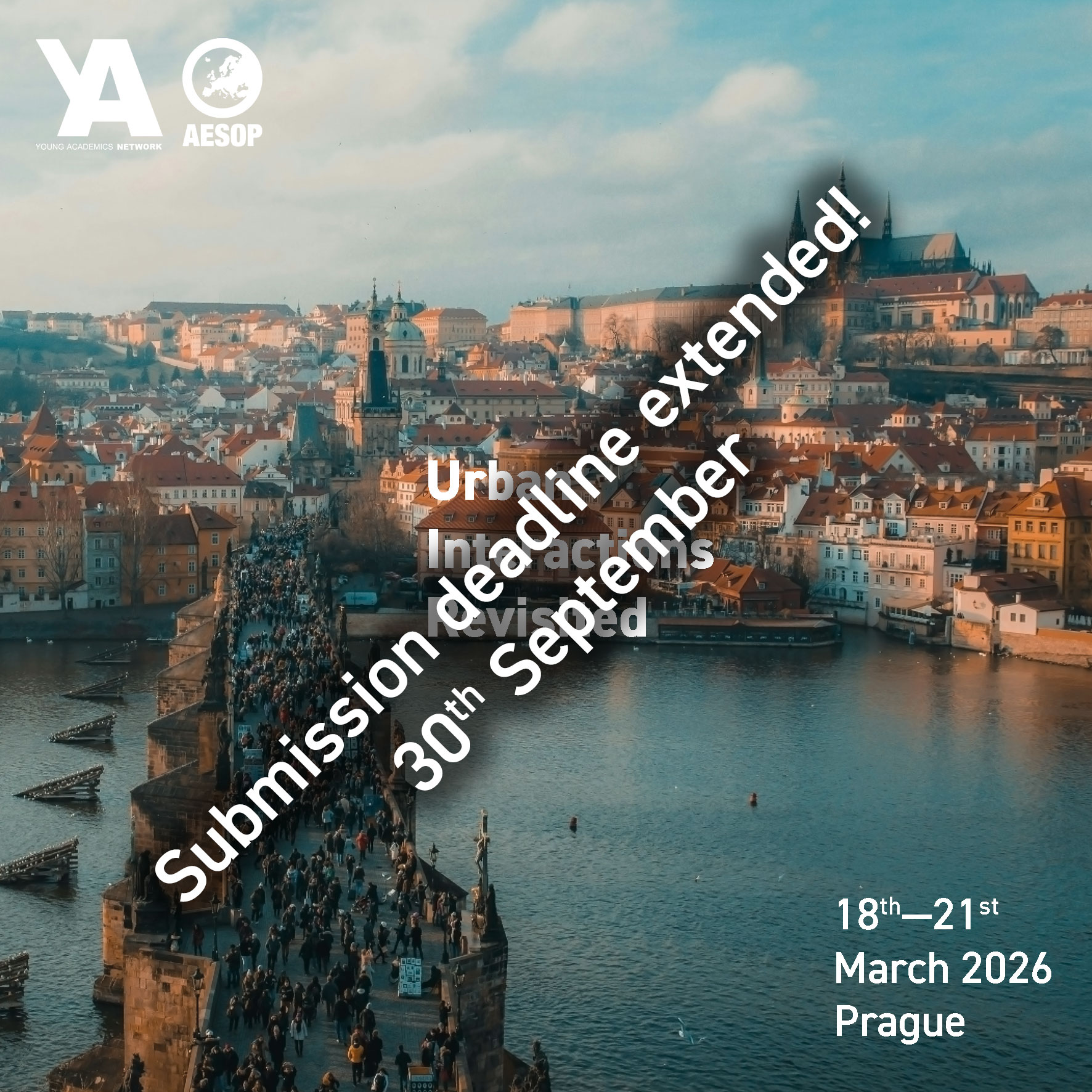URBAN INTERACTIONS REVISITED
BRIDGING DISCIPLINES FOR AN ACCESSIBLE AND INCLUSIVE ENVIRONMENT. URBAN AND RURAL SPACES FACING CHALLENGES OF THE 21ST CENTURY.
The ways in which people interact with their environments—whether in cities, rural areas, or transitional spaces—are shaped by a complex interplay of physical structures, social dynamics, governance frameworks, and global or local challenges and trends. Accessibility, in its many meanings, remains a crucial concern across disciplines, influencing mobility, economic opportunities, social inclusion, and environmental sustainability.
In the 21st century, climate change, demographic shifts, economic transformation, and increasing inequalities are reshaping traditional spatial planning concepts, which continue evolving into new forms of mobility, flows or community engagement. The nature of accessibility and inclusion is expanding beyond physical proximity to encompass broader social, economic, and institutional dimensions.
This conference aims to foster interdisciplinary dialogue among planners focusing on urbanism, design, regional planning, social sciences, territorial governance and decision-making processes, economic drivers, as well as specific transport or technological concepts and applications.
The conference aims to foster critical reflection, knowledge exchange, and collaboration by exploring interactions from multiple perspectives. Participants are encouraged to reassess established approaches, seek innovative solutions, deepen theoretical insights, and strengthen interdisciplinary connections. The conference is intended to be part of a dynamic discussion that addresses both systemic and practical aspects of accessibility in contemporary urban and rural environments.

